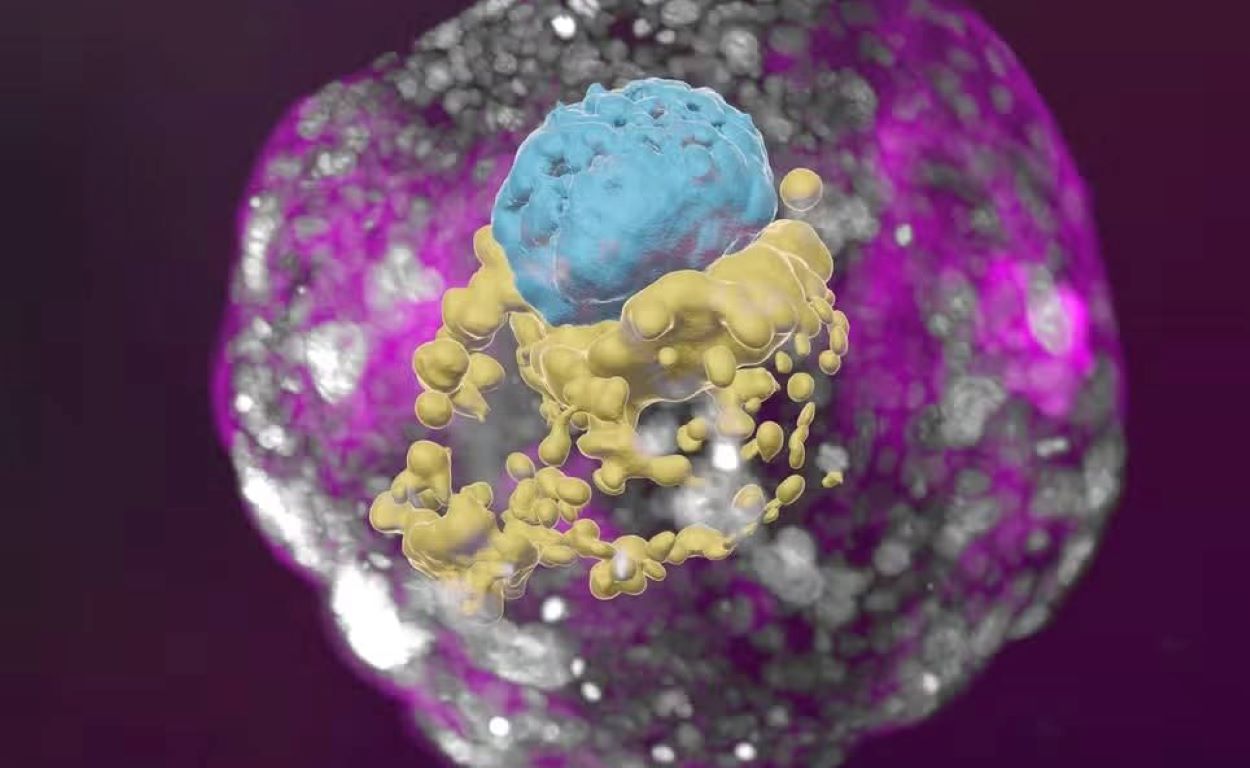Scientists at the Weizmann Institute have successfully developed a model of a human embryo that mirrors the characteristics of a real 14-day-old embryo, but remarkably, without utilizing sperm, eggs, or a womb. Through stem cells, this groundbreaking research offers an ethical alternative to studying the nascent stages of human life. This phase is pivotal yet poorly understood due to the high rate of miscarriages and birth defects during this period. Published in Nature, this venture stands as the inaugural “complete” embryo model, mimicking the vital structures formulated in the initial steps of human development.
To construct this model, researchers embarked with stem cells that had been manipulated to acquire the ability to metamorphose into any tissue within the human physique. These stem cells were then guided to transform into four distinct cell types typically present in early human embryos: epiblast cells, trophoblast cells, hypoblast cells, and extraembryonic mesoderm cells. When combined in accurate proportions, a small fraction of the cell mixture spontaneously assembled into a formation akin to a human embryo. Although not a replica, this development represents a substantial advancement in embryo research, managing to emulate a 14-day-old embryo, which aligns with the legal research limitations in numerous countries.
Advancements and Ethical Considerations
While this development signifies a promising stride in understanding cellular differentiation, organ growth, and the intricacies of genetic diseases, it also could potentially enhance the success rates of in vitro fertilization (IVF) and assist in verifying the safety of medications during pregnancy. Despite the promising trajectory, it’s essential to acknowledge the need for further refinements to decrease the notable failure rate.
This pioneering research undoubtedly opens the gateway to exploring new dimensions in human development, providing a more profound comprehension of the human body’s formation process. Nevertheless, as these models progressively resemble real embryos, it beckons significant ethical inquiries and calls for a clear delineation of ethical and legal boundaries. It is pivotal to note that these models cannot facilitate a successful pregnancy as they surpass the viable stage for successful implantation in the womb, thus emphasizing the necessity to continue this research within clearly defined ethical parameters.






